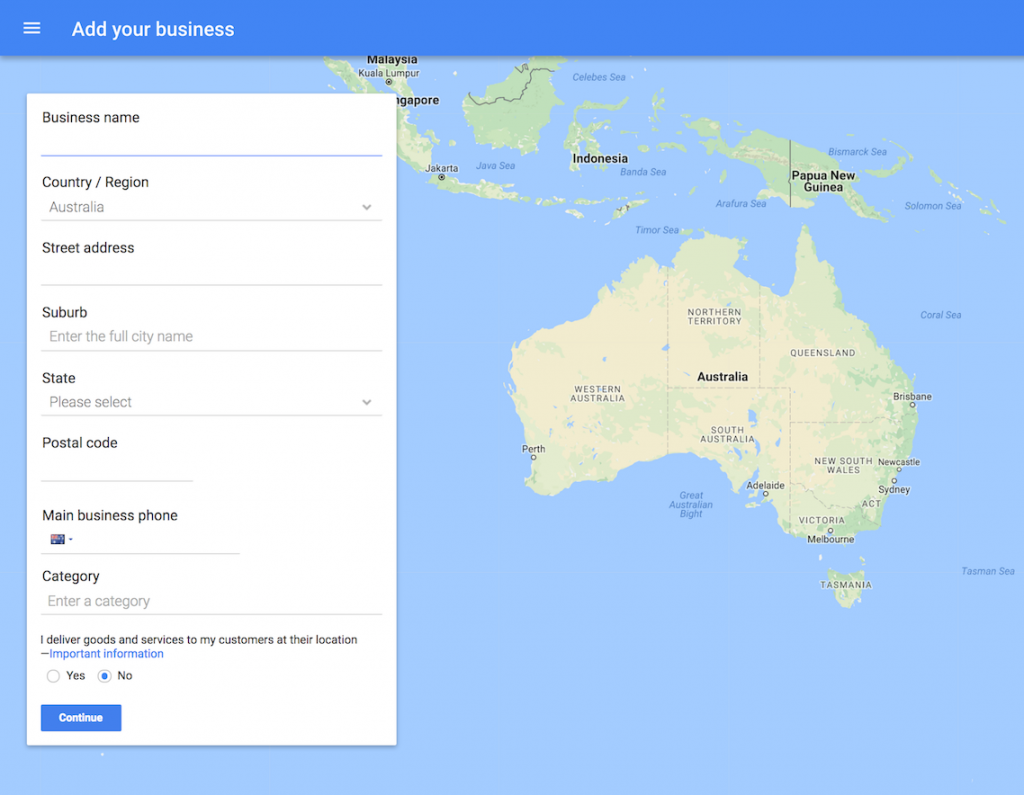There are a lot of SEO myths floating around, and unfortunately many websites fall for them. Some of these are bad SEO practices, and some are SEO practices that are simply outdated. Here we debunk the biggest SEO myths that can hinder your website’s ranking. Read on to find out how you can avoid these pitfalls, and implement the best SEO strategy for your website.
SEO Myths to look out for #1. “Google doesn’t care about my website’s user experience.”
Search engines are built to assess certain metrics and only take this information into account. However, search engines are able to determine if a site has successful user engagement metrics and this could come into play as the second order of influence when determining web rankings. If more people are visiting a website and the site becomes popular, this in turn signals to the search engine that the site is of higher quality. This contributes to higher rankings.
So what should be your first step? We have written before in detail about the importance of using good web design, and how web design impacts user experience
Tips to Improve Your Website User Experience:
- Website should be responsive.
- Titles should be unique and around 65 characters long.
- Descriptions should be relevant and roughly 160 characters or less.
- Only one <h1> tag per page.
- Add alt tags on all of your images, so the crawlers understand what the image is.
- Use keywords and variations of keywords within the content or text.
- Embed keywords in the anchor text, as this will help support internal pages.
SEO Myths to look out for #2. “There’s no need to list my business on Google My Business.”
Providing and updating business information in Google My Business can help your business’s local ranking on Google, and enhance your presence in Search and Maps.

- Enter complete data in Google My Business.
- Keep your information updated if any changes within your business are made.
- Verify your business locations so they appear for all users.
- Update your operating hours, including holiday hours or special events.
- Interact with any reviews left about your business. Positive reviews will improve visibility.
- Add photos to your listing to brand your business and/or show customers what you sell.
SEO Myths to look out for #3. “Top rankings can be achieved overnight.”
Don’t make the mistake thinking that you can achieve high rankings in a short period of time. SEO is a long-term practice. We are asked all the time, “how long does it take for SEO to start working and deliver top search results?” The truth is, it depends on many factors like the age of your website, what SEO has been completed in the past, how much content your website has, etc. Websites are like snowflakes with no two websites alike.
The clients working with us for a minimum of 12 months understand that the first few months are the research and discovery / testing phase. Understanding your business, your industry, and the keywords associated with both, allows us to maximise efforts to meet your SEO goals. Remember, SEO results grow over time so plan to budget for at least 12 months or more.
SEO Myths to look out for #4. “I don’t need to optimise the images on my website.”
On-page SEO is extremely important and excluding images and image descriptions could prevent your SEO from reaching its full potential. Google does not have the ability to read images, but this information gap can be filled by providing alt text and a filename for the image. This will help Google identify what the image is and add SEO value to your website. Adding an appropriate alt tag to the image can help your website achieve better rankings.
When naming the images, be descriptive and use keywords. If you post an image of your Toyota Camry, you should title this image Toyota Camry Car. Using appropriate descriptions will provide you with a better SEO ranking with image search engines.
Google can only index the following image files types: BMP, GIF, JPEG, PNG, WebP and SVG. The three most common types are GIF, JPEG and PNG.
SEO Myths to look out for #5. “You should add separate pages for every keyword.”
A common SEO practice is to create separate pages for each target keyword. This has worked well in the past, because it allowed you to create precise content per keyword. It helped your SEO by precisely catering the content of the page to the keyword, and maximising your ability to target that keyword.
However, search engine algorithms have changed drastically, especially with the recent changes in Google with the Hummingbird update. Having separate pages per keyword negatively impacts usability, and makes your content seem repetitive or spammy if the keywords are closely related. Low usability can now lower your search engine ranking.
It is a much better SEO strategy to create one page targeting several keywords, and maximising the usability of your website. Optimise the page by placing the keywords creatively throughout the page but do not randomly cram in keywords, otherwise you are in danger of your page looking like spam.
SEO Myths to look out for #6. “All the keywords should be used in the title.”
People may have told you that adding many keywords in the title of the content will help boost SEO and this might have worked in the past, but today search engines have become advanced. Machine learning algorithms easily detect good content from bad.
Think about it from the perspective of the user. If someone is looking to buy shoes, and they find a website with the title “Women’s New Shoes High Fashion Brands Haute Couture Shoes Buy Online”, what will their first impression be? The user will think that they have come across low-quality spam content. This makes them less likely to click on the link. An elegant title like “Shop For Women’s Haute Couture Shoes Online” is more likely to draw in users, and help your search ranking.
If you cram all keywords in the title, your page is seen as irreverent content or spam. Instead, use a sensible relatable title for the content, with a select few keywords, and then strategically use the other keywords throughout the content to boost SEO.
SEO Myths to look out for #7. “I need people landing on my website via any means necessary.”
Many old school SEO agencies tried getting page landings to boost SEO. This often included “clickbait” pieces that were deprived of any real valuable content, and simply designed to get people clicking.

The best strategy is to create good and original content on your site, and make your content hold value for your audience. Only with good content and a long-term content strategy will you be able to boost your SEO efforts. Good content will also be beneficial to your overall brand.
You have now learned about top SEO myths, and how they negatively impact your website SEO. Always remember that SEO is ever changing, and it is important to keep informed about it. By avoiding these pitfalls, you can stay on the cutting edge of SEO, and have competitive advantage for your website.
Recent Posts
Get your FREE 30 minute Digital Marketing Consultation.
Learn how you can grow your business by unlocking the full potential of Digital Marketing.





